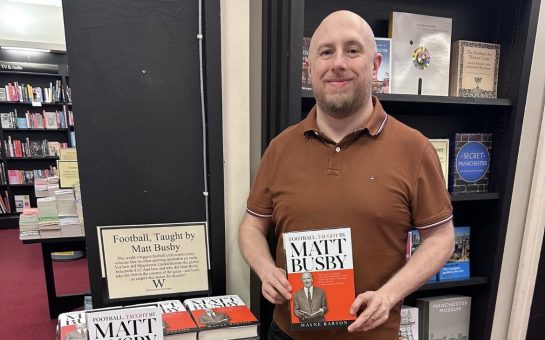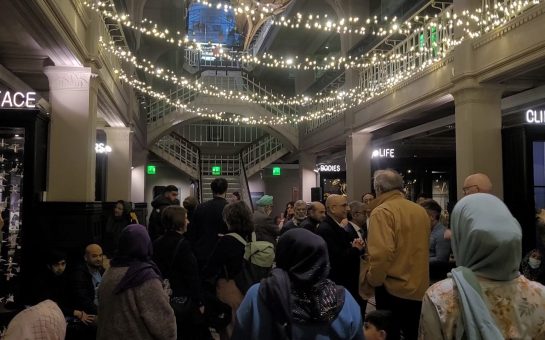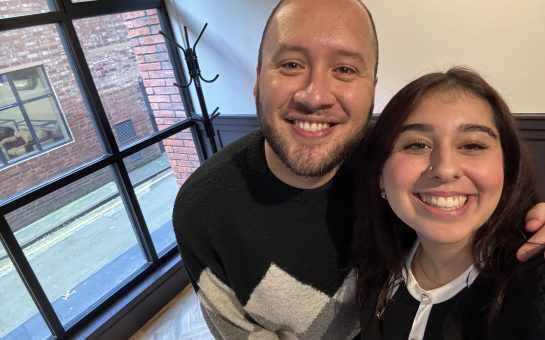Fake animal mummies have been discovered by University of Manchester scientists during a scanning mission to unravel the dark secrets behind Ancient Egypt’s mummifying industry.
The collaborative project between the university and Manchester Museum saw researchers scan over 300 animal mummies using the Royal Manchester Children’s Hospital’s CT scanner and X-ray machine.
The colossal project discovered that around a third of the animal mummies held no animal remains at all, raising questions on whether the Ancient Egyptians ever really knew what they were buying as gifts.
Dr Lidija McKnight, who headed up the project, said: “They were made up of other materials like mud, reeds and floor sweepings.”
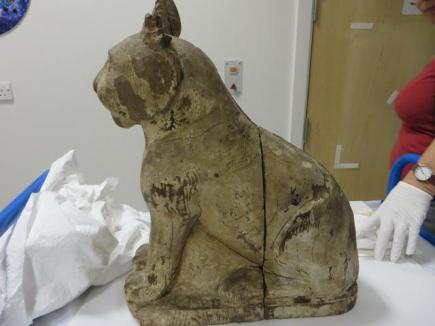
LARGEST PROJECT OF ITS KIND: More than 800 mummies of cats, dogs, birds and crocodiles were examined
However the she believes that Egyptian pilgrims were aware that the mummies were not entirely complete but admitted that the finding would be shocking to people these days.
“I think most people look at them and think they should contain what it looks like,” Dr McKnight said.
This discovery gives an incredible insight into the use of these mummies in Ancient Egyptian worship.
One ‘crocodile’ that was scanned by the team actually held the heads of several crocodiles and was not one complete animal.
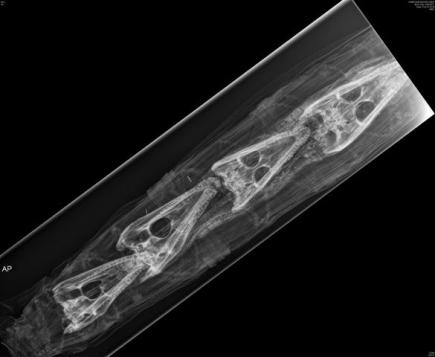
UNDISCOVERED TRUTHS: The X-Ray of a mummified crocodile
The sheer volume of animal mummies that were made contributed to the rise of industrial scale farming of animals to be mummified, in a ‘conveyor belt like mummification’ process.
However, the finding remnants of mud, reeds, sticks and eggshells that were used to compensate for the missing animals strikingly indicates how demand outweighed supply for those who were responsible for making the offerings.
A single cave in Egypt was found to hold 2million sacred Ibis birds, though it has been estimated that around 70 million animal mummies could have been made.
The mass mummification that was sweeping over Egypt nearly drove some species, likes falcons, to extinction.
These mummies were votive offerings to gods, much like prayer candles today, and were buried at 30 sites up and down Egypt.
Dr McKnight said: “Pilgrims would have gone to take part in ceremonies and to pray.
“They would pray for a child or a good harvest or [be] saying thank you for something that happened.”
In October, there will be a special collection on show at the Manchester Museum displaying mummies from 18 different museums.
It is a chance for artifacts that have never been seen before to go on show and also to reunite items that may not have been so close since they were excavated.
Many of the mummies will be displayed with images of their scans and x-rays next to them allowing the public a never before seen glimpse of inside.
Dr McKnight hopes the exhibition will benefit Manchester as well, she hopes people will be drawn to the new exhibits and that it will raise Manchester’s and the museum’s profile.
BBC’s Horizon has been following the scanning project and their programme 70 Million Animal Mummies: Egypt’s Dark Secret is currently available on the BBC iPlayer.
Images courtesy of Manchester Museum, The University of Manchester, with thanks.
